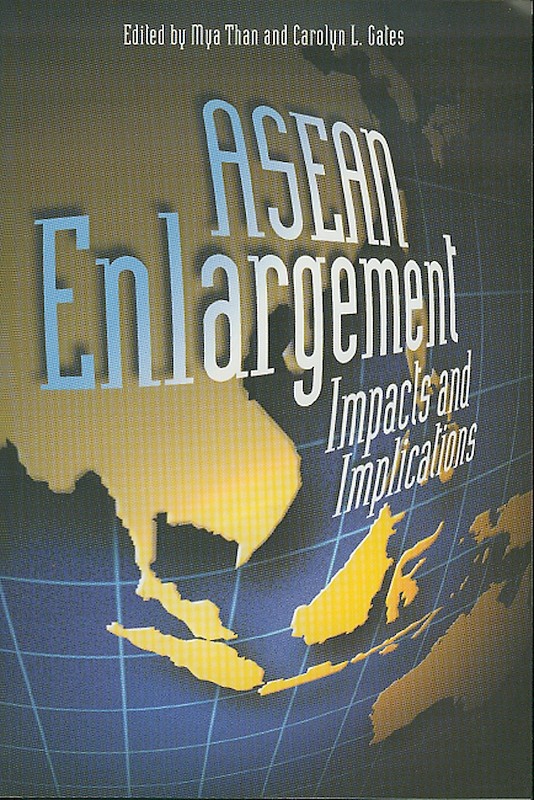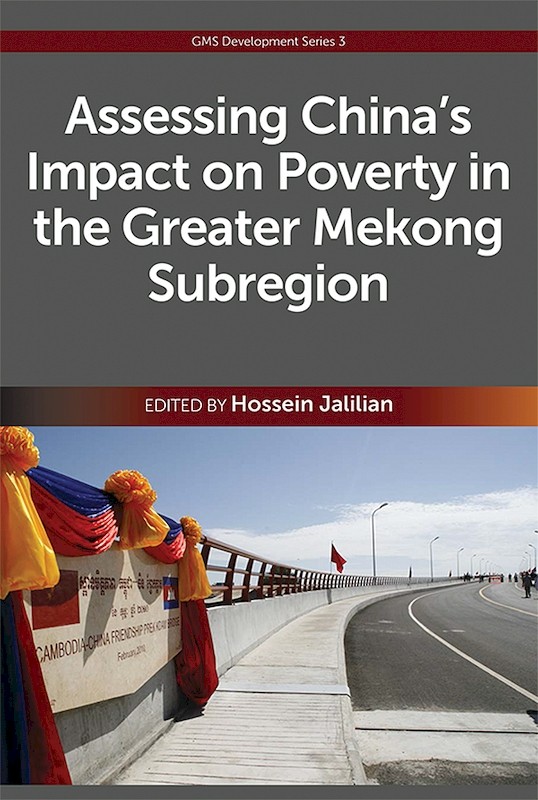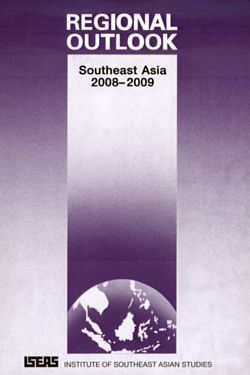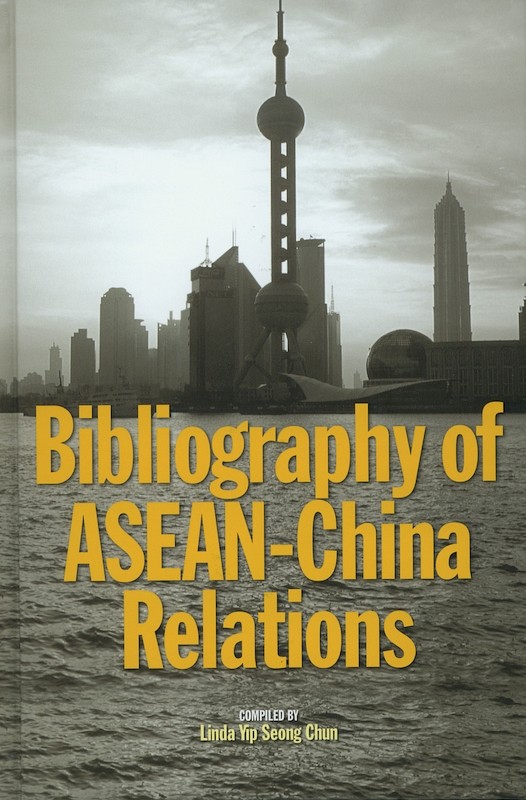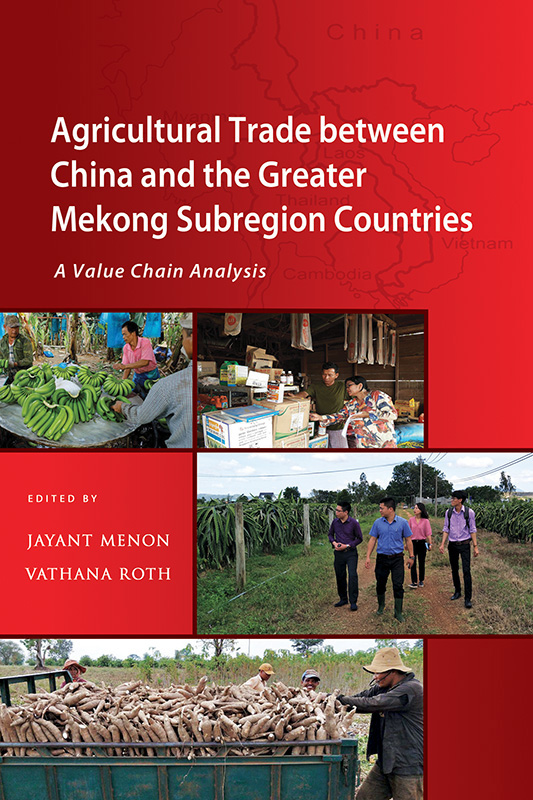Transnational Dynamics in Southeast Asia: The Greater Mekong Subregion and Malacca Straits Economic Corridors
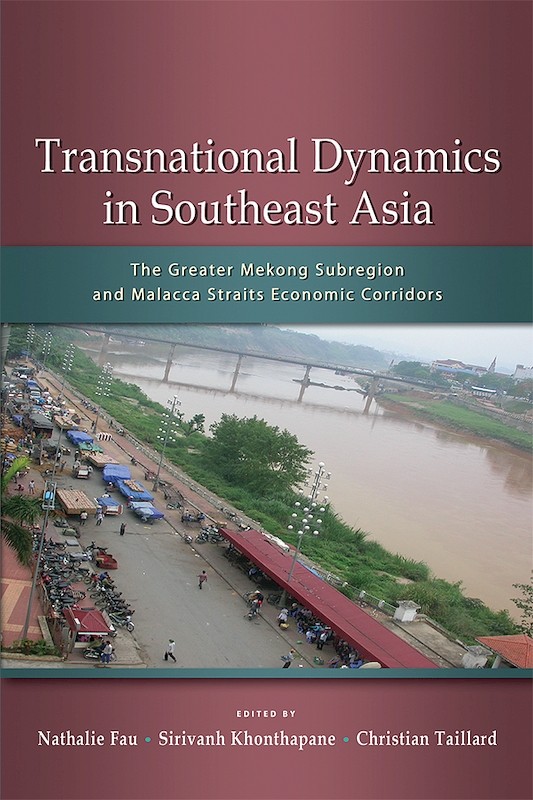
Date of publication:
2013
Publisher:
Institute of Southeast Asian Studies
Number of pages:
547
Code:
BM493
Soft Cover
ISBN: 9789814517898
About the publication
Since the 1990s, regional organizations of the United Nations and international financial institutions have adopted a new dynamic of transnational integration, within the framework of the regionalization process of globalization. In place of the growth triangles of the 1970s, a strategy based on transnational economic corridors has changed the scale of regionalization.
Thanks to the initiative of the Asian Development Bank, Southeast Asia provides two of the most advanced examples of such a process in East Asia with, on the one hand, the Greater Mekong Subregion, structured by continental corridors, and on the other, the Malacca Straits, combining maritime and land corridors. This book compares, after two decades, the effects of these developing networks on transnational integration in both subregions.
After presenting the general issue of economic corridors, the work deals with the characteristics and structures peculiar to these two regions, followed by a study of national strategies mobilizing actors at different levels of state organization. There follows a study of the emergence of new urban nodes on corridors at land and sea borders, and the impact of these corridors on the local societies. This approach makes it possible to compare the effects of transnational integration processes on the spatial and urban organization of the two subregions and on the increasing diversity of the stakeholders involved.
Thanks to the initiative of the Asian Development Bank, Southeast Asia provides two of the most advanced examples of such a process in East Asia with, on the one hand, the Greater Mekong Subregion, structured by continental corridors, and on the other, the Malacca Straits, combining maritime and land corridors. This book compares, after two decades, the effects of these developing networks on transnational integration in both subregions.
After presenting the general issue of economic corridors, the work deals with the characteristics and structures peculiar to these two regions, followed by a study of national strategies mobilizing actors at different levels of state organization. There follows a study of the emergence of new urban nodes on corridors at land and sea borders, and the impact of these corridors on the local societies. This approach makes it possible to compare the effects of transnational integration processes on the spatial and urban organization of the two subregions and on the increasing diversity of the stakeholders involved.
Contents
-
Transnational Dynamics in Southeast Asia: The Greater Mekong Subregion and Malacca Straits Economic Corridors
[Whole Publication, ISBN: 9789814517904] -
Prelliminary pages
- PART I: TRANSNATIONAL INTEGRATION PROCESSES IN SOUTHEAST ASIA
-
1. Definitions and Problematics of Transnational Dynamics, by Nathalie Fau, author
-
2. The Continental Grid of Economic Corridors in the Greater Mekong Subregion towards Transnational Integration, by Christian Taillard, author
-
3. Maritime Corridors, Port System and Spatial Organization in the Malaccs Straits, by Nathalie Fau, author
-
4. Comparing Corridor Development in the Greater Mekong Subregion and the Indonesia-Malaysia-Thailand Growth Triangle, by Pridi Banomyong, author
- PART II: NATIONAL POLICIES RELATED TO REGIONAL INTEGRATION
-
5. The Participation of Yunnan Province in the GMS: Chinese Strategies and Impacts on Border Cities, by Sebastien Colin, author
-
6. Vietnam, an Opening under Control, Lao Cai on the Kunming-Haiphong Economic Corridor, by Marie Mellac, author
-
7. Integration of Greater Mekong Subregion Corridors within Lao Planning, on National and Regional Scales: A New Challenge, by Bounthavy Sisouphanthong, author
-
8. Shan State in Myanmar's Problematics Nation-building and Regional Integration: Conflict and Development, by Ella Vignat, author
-
9. Sumatra Transnational Prospect beyond Indonesian Integration, by Muriel Charras, author
-
10. Dry Ports Policy and the Economic Integration Process on the Western Corridor of Pennsular Malaysia, by Nazery Khalid, author
- PART III: NEW NODES OF ECONOMIC CORRIDORS: URBAN PAIRS AND TWIN BORDER CITIES
-
11. Twin Cities and Urban Pairs, A New Level in Urban Hierarchies Structuring Transnational Corridors? A Case Study of the Pekanbaru-Dumai Urban Pair, by Manuelle Franck , author
-
12. The Re-emergence of Ipoh City: Toward a New Urban Pair with Kuala Lumpur, by Amel Farhat, author
-
13. Danok-Bukit- Kayu Hitam, Twin Border Towns on the Thailand-Malaysia's Border, by Abdul Rahim Anuar, Muszafarshah Mohd Mustafa, Amel Farhat, authors
-
14. Mukdahan and Savannakhet, Internationalization Process of Twin Mekong Border Cities on the East-West Economic Corridor, by Elsa-Xuan Laine, author
-
15. Private Commitment: Marital Alliance in the Establishment of Business Networks at Hekou-Lao Cai, Twin Sino-Vietnamese Border Cities, by Caroline Grillot, author
- PART IV: IMPACTS OF ECONOMIC CORRIDORS ON LAOTIAN BORDER SOCIETIES
-
16. There is More to Road: Modernity, Memory and Economics Corridors in Hurong Hoa-Sepon Lao-Vietnamese Border Area, by Vatthana Pholsena , author
-
17. Population's Mobility in Northern Laotian Transborder Areas, by Vanina Boute, author
-
18. Chinese Networks, Economic and Territorial Redefinitions in Northern Lao PDR, by Danielle Labbe, author
- CONCLUSION: COMPARING THE TRANSNATIONAL SPATIAL DYNAMICS AND STAKEHOLDERS
-
19. Corridors and Cities: Connectivity or Integration Process in Southeast Asia?, by Christian Taillard, author
-
20. Supranational, National and Local Stakeholders in the Transnational Integration Porcess in Southeast Asia, by Nathalie Fau, author
-
Index


